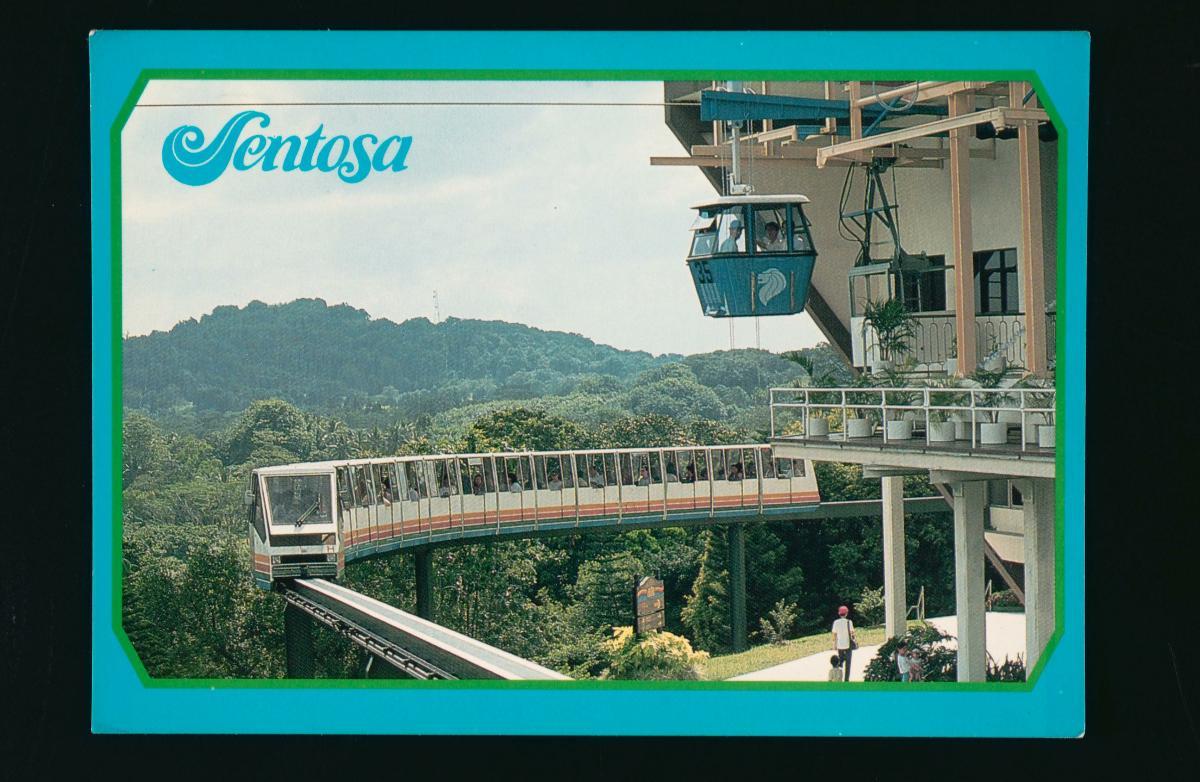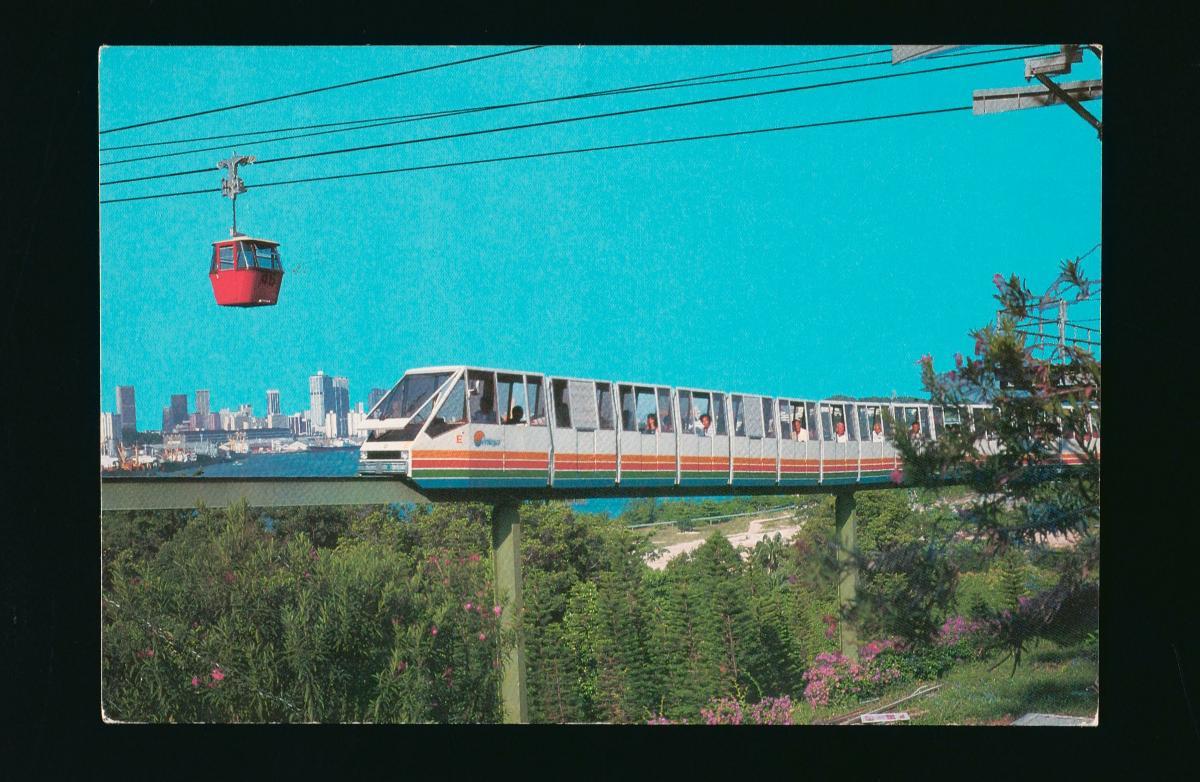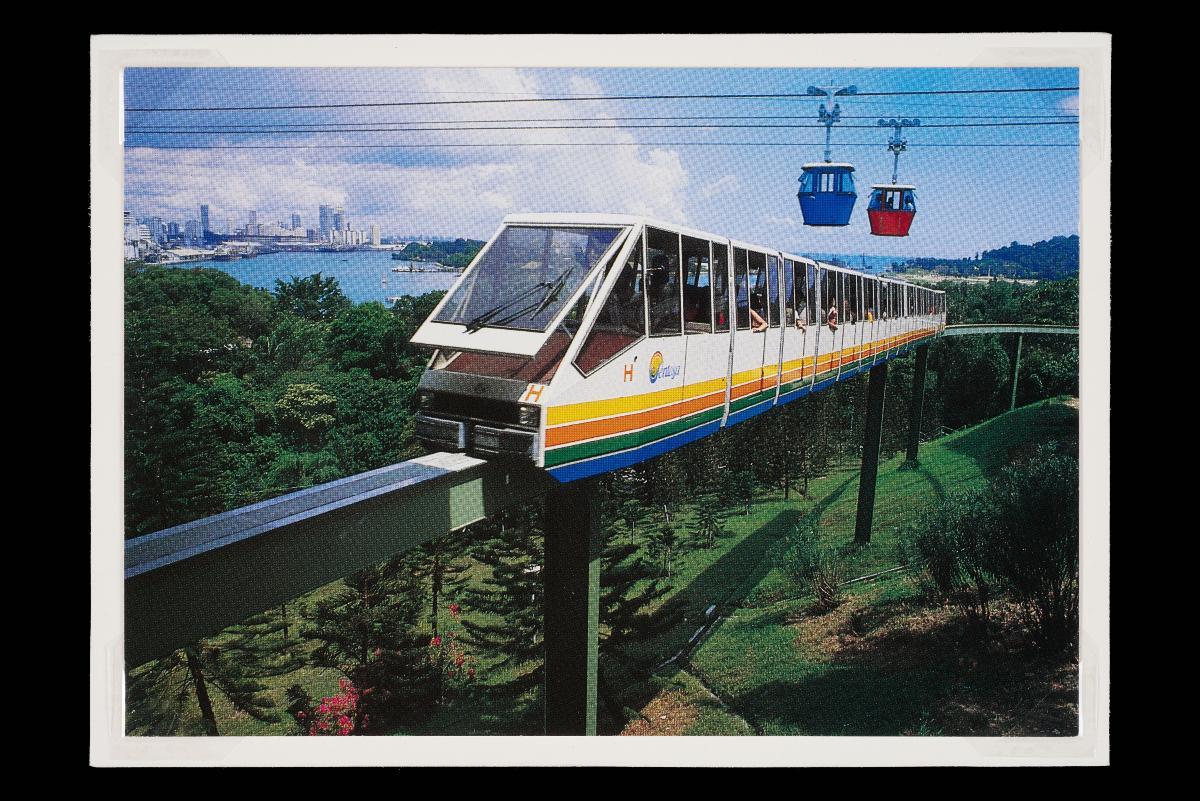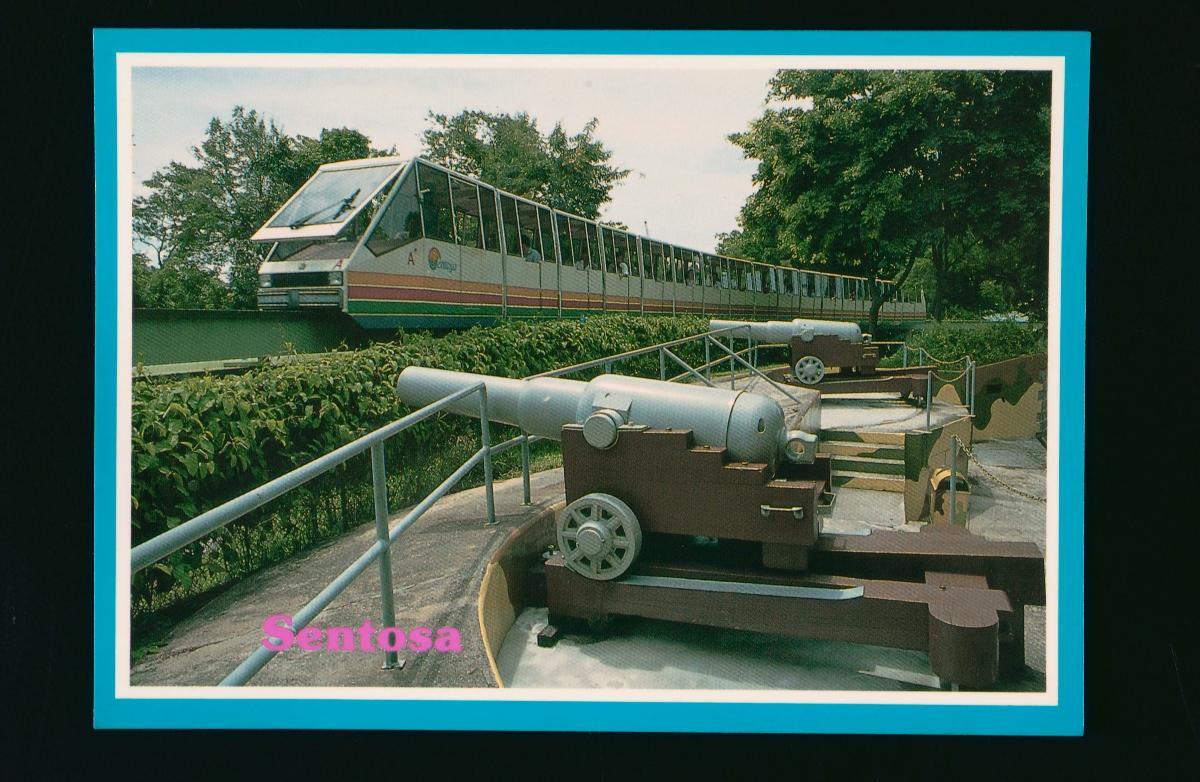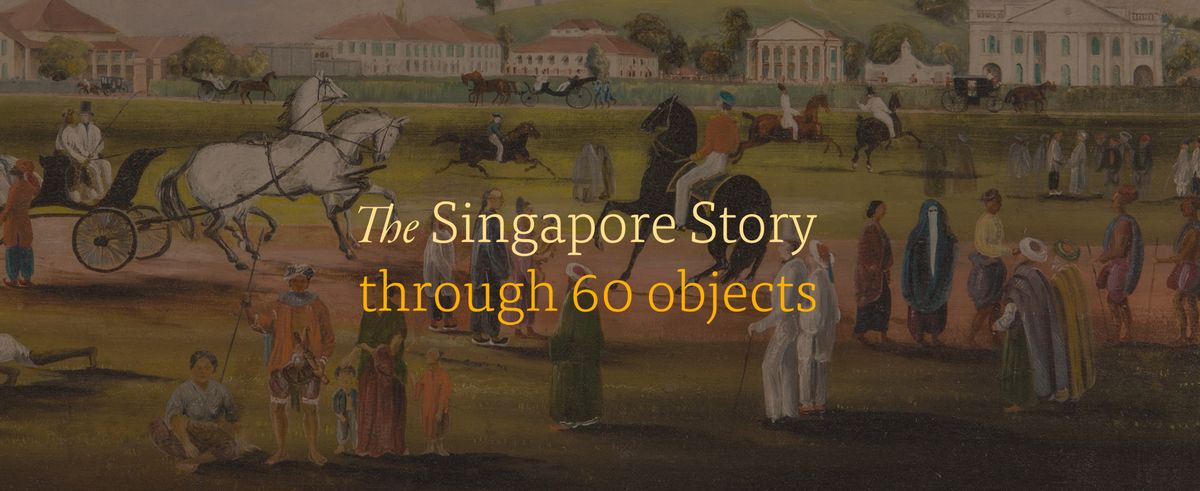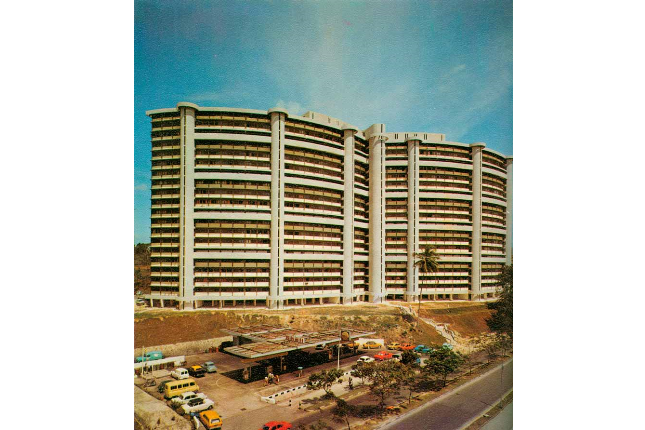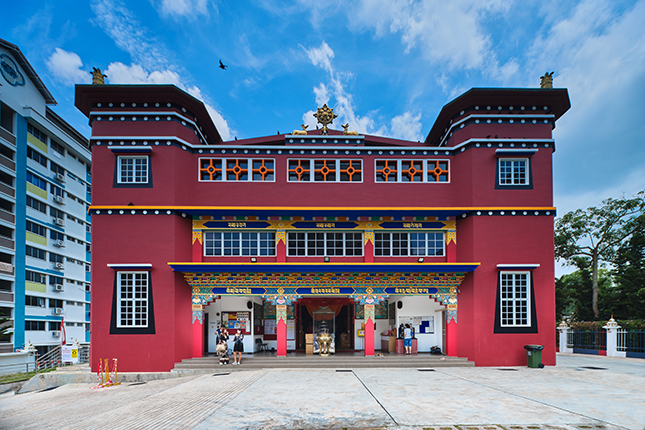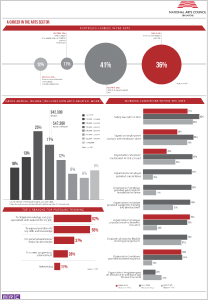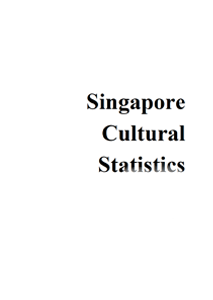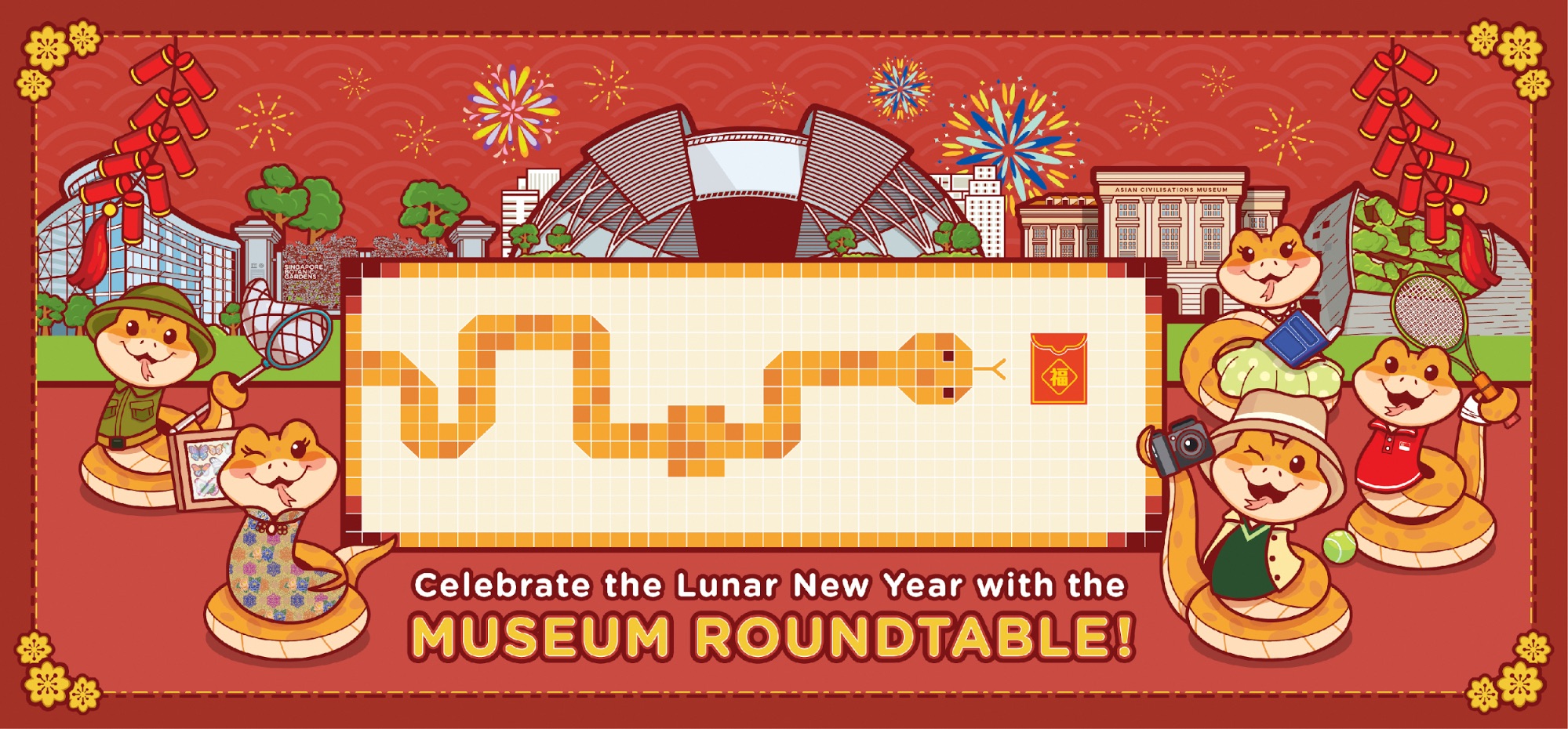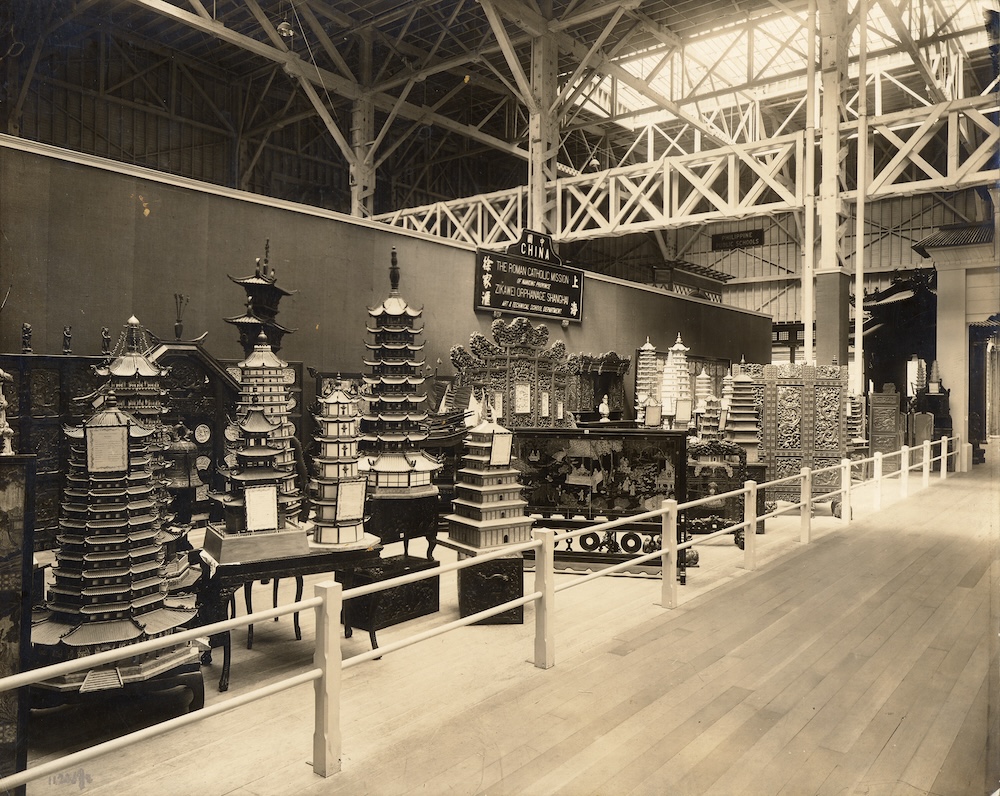Located off the southern coast of mainland Singapore, Sentosa (Isle of Tranquillity) was initially known as Pulau Blakang Mati (Island Behind Death). Starting from the 1880s, the island was an important British military base with a number of forts built on it to protect the southern shipping lanes. In 1970, the island was renamed Sentosa following a naming contest organised by the Singapore Tourist Promotion Board (STPB). The development of the island into a tourist and recreation resort came under the management of the Sentosa Development Corporation (SDC), which was formed in 1972.In 1980, the STPB announced plans for a second round of development to attract more visitors to Sentosa. The plans included building a new monorail system to improve the island’s transport infrastructure, which at the time relied mainly on buses. The six-kilometre-long monorail system was jointly built by Swiss firm Habegger Thun and Singapore firm United Engineers at a cost of $16 million. Opened on 23rd February 1982, the system initially had nine trains each with 15 cabins that could carry up to 90 passengers at a time. The system was a simple loop service that started and finished at the ferry terminal, with stations located at the Apollo Sentosa Hotel, Fort Siloso, the swimming lagoon, and the cable car station on Carlton Hill. The monorail was an instant hit with visitors, with thousands rushing to the island to try the new transportation system on its opening day. On 15th March 2005, the old monorail trains ran for the last time and were subsequently replaced by the Sentosa Express rail system.





